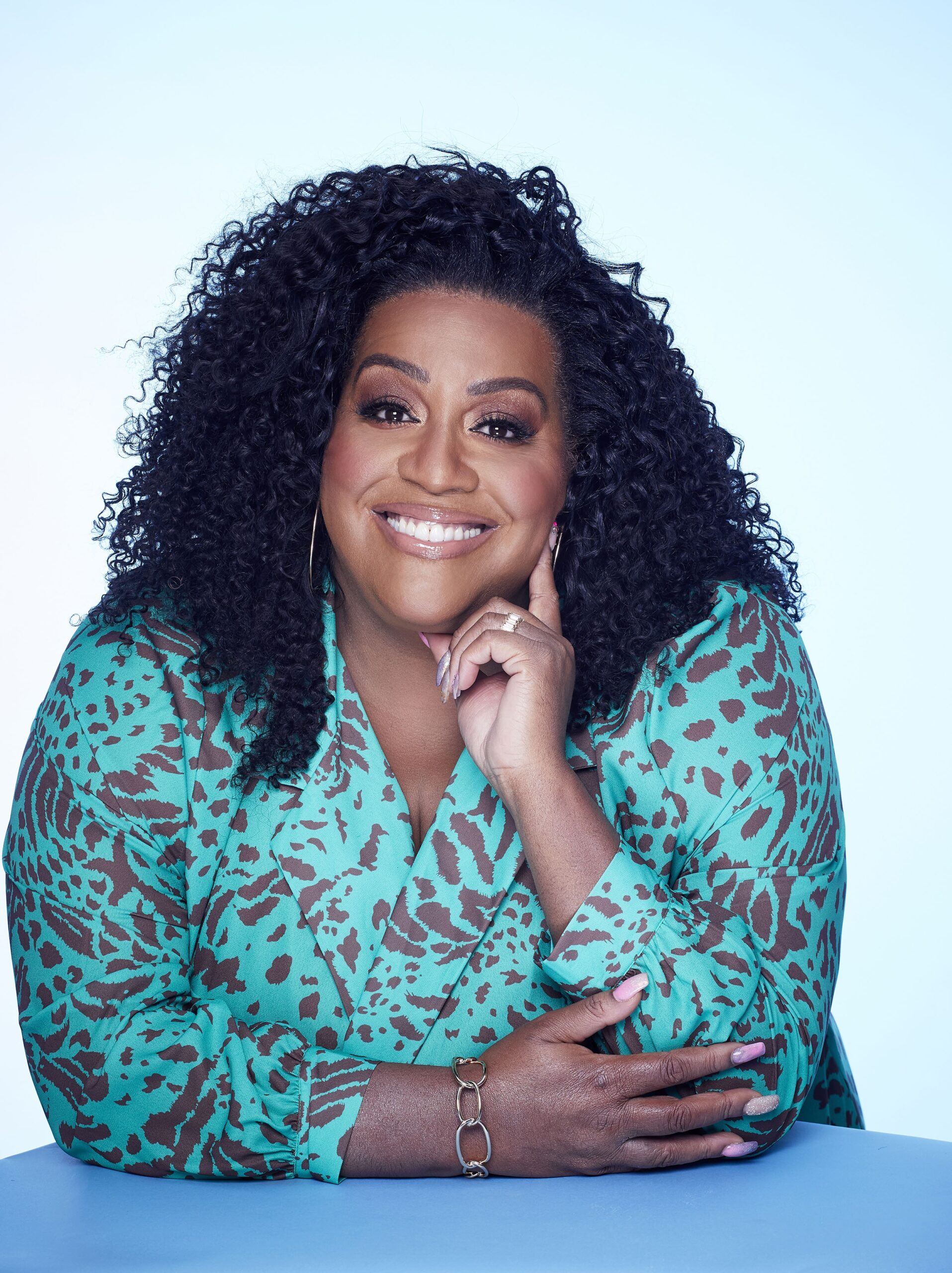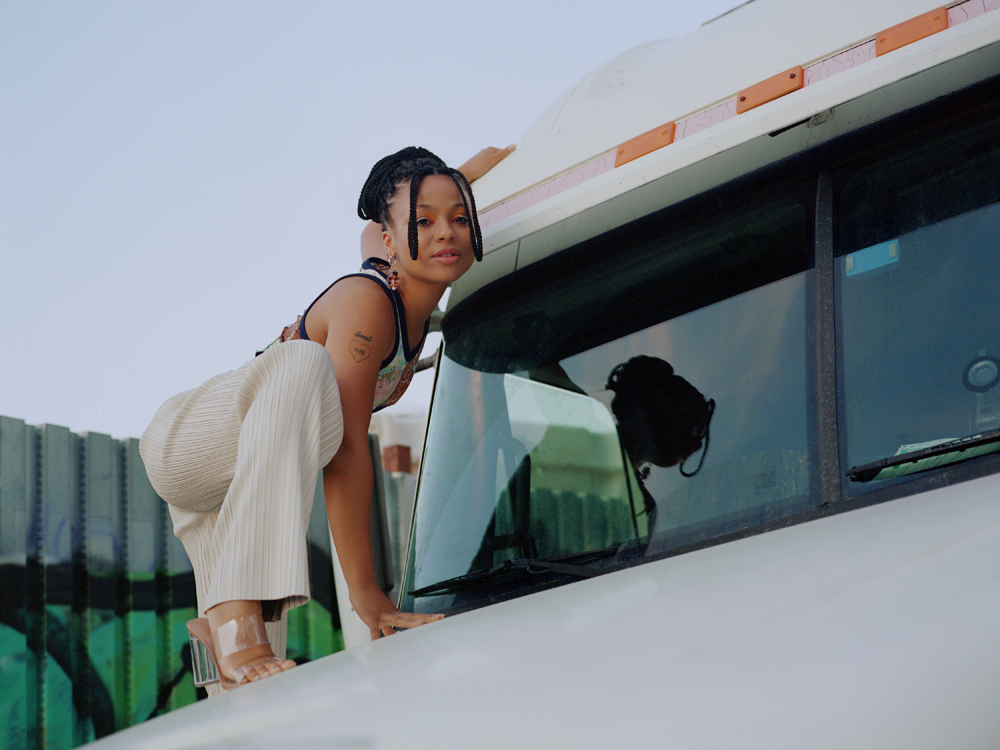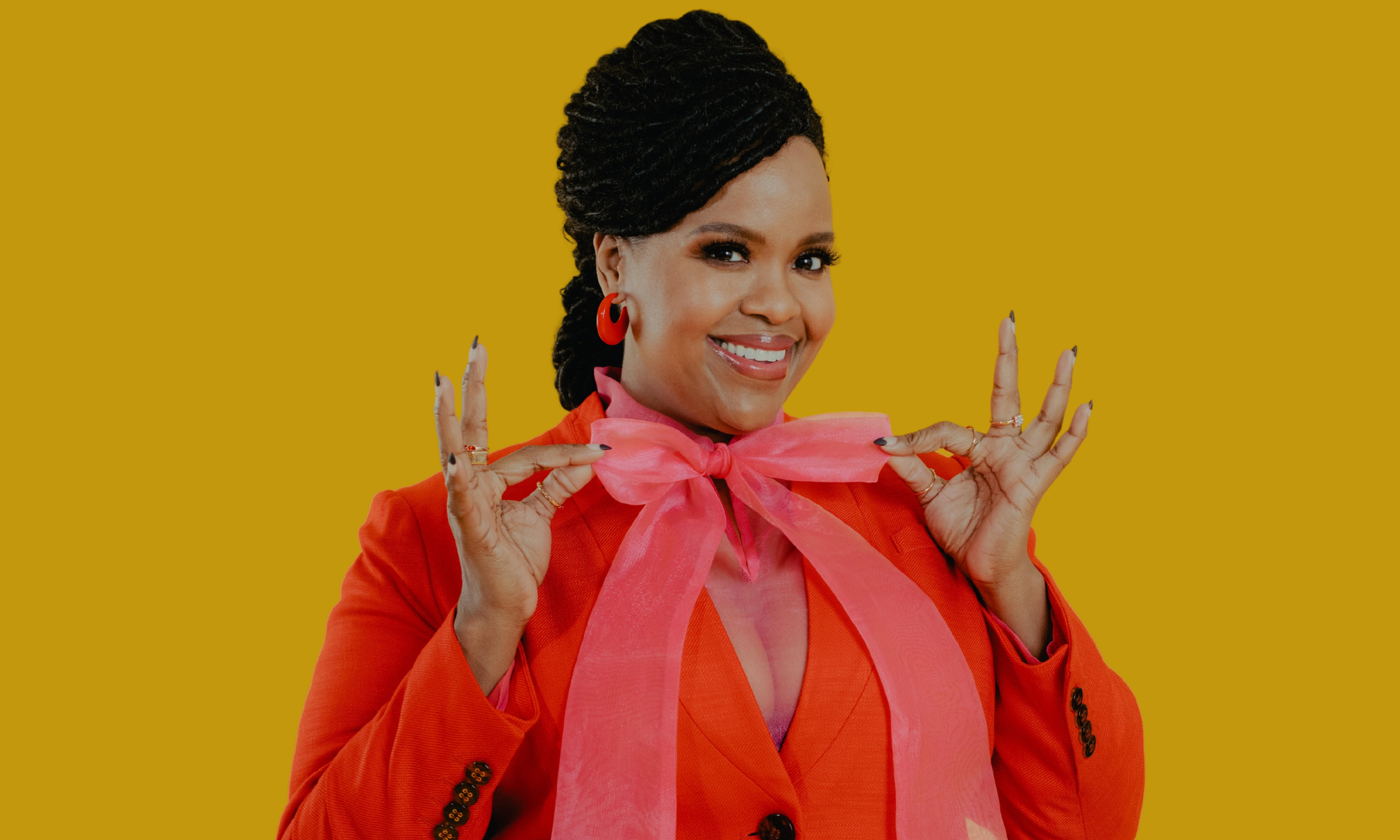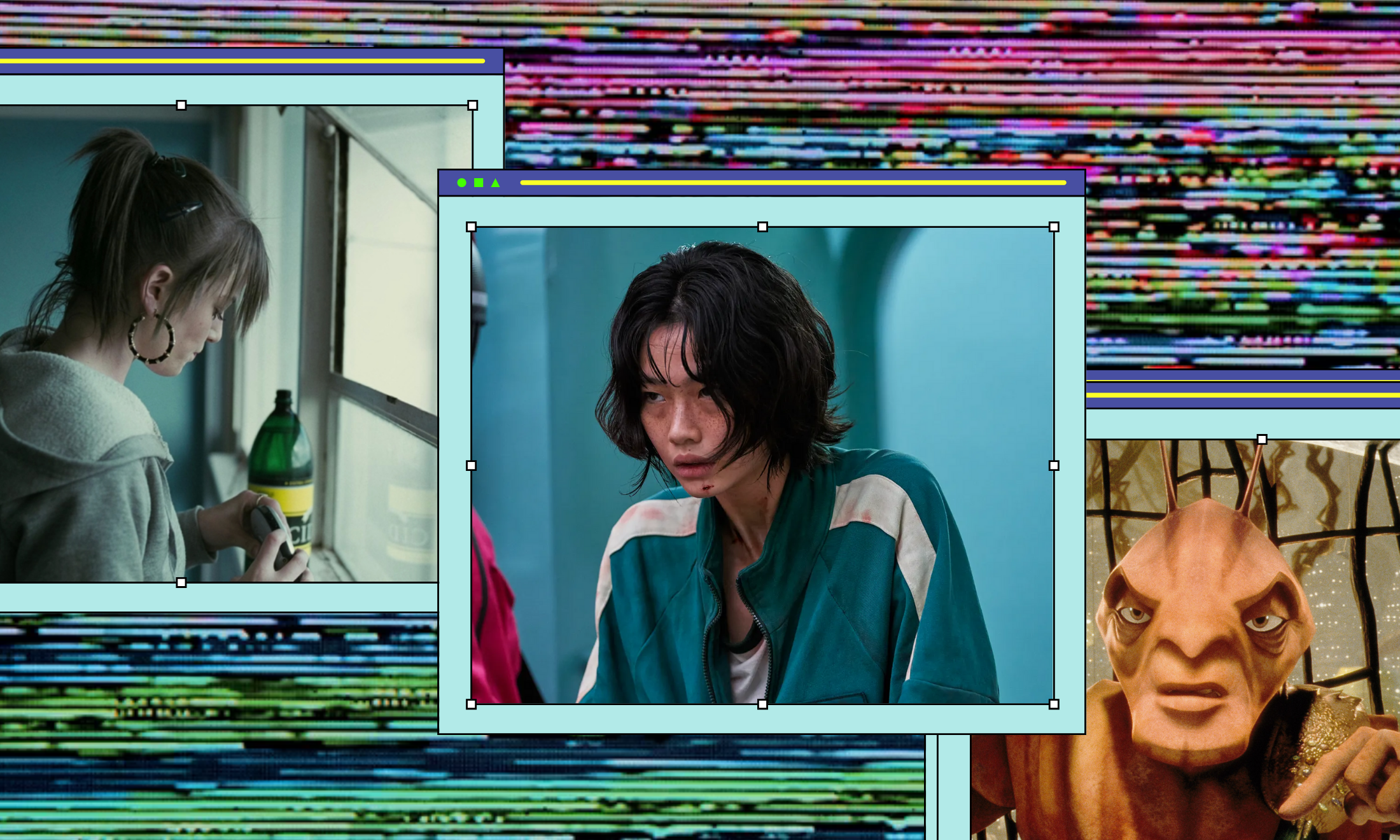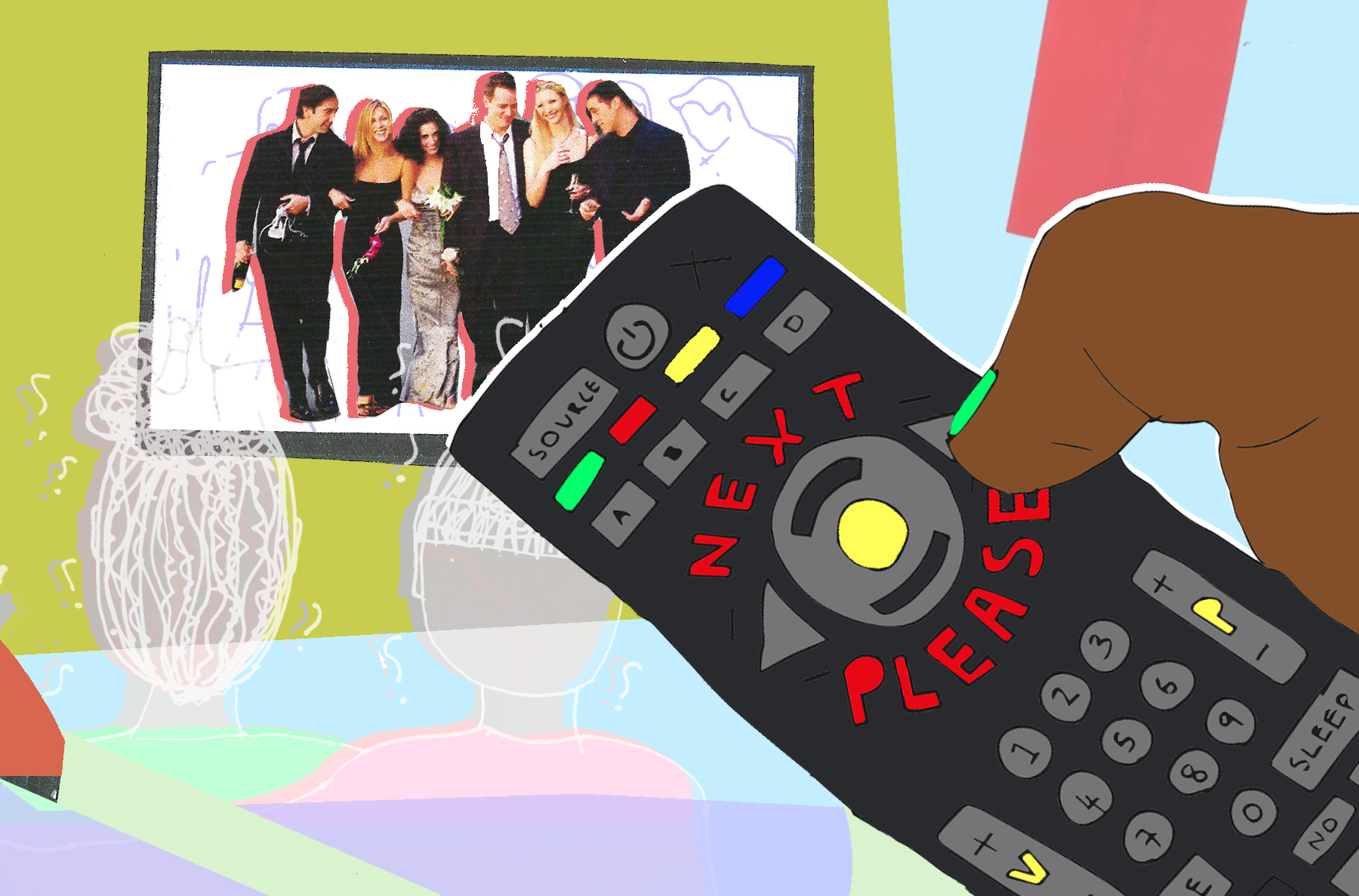
Friends nostalgia broke Instagram, but is it time to say goodbye to outdated TV?
Sana Noor Haq
22 Oct 2019
Illustration by Naomi Gennery
I never used to believe in “guilty pleasures”, until I started watching the American version of The Office. The mockumentary sitcom follows the mediocre lives of the co-workers at Dunder-Mifflin paper company in Scranton. In the first episode of the series the insufferably ignorant regional manager Michael Scott (Steve Carell) subjects a black colleague to a slew of microaggressions, objectifies the receptionist Pam (Jenna Fischer) and pretends to fire a colleague as a practical joke.
Make no mistake, Steve’s character is misogynistic, racist and homophobic; he is a textbook product of white privilege and toxic masculinity. But the show is funny because as a viewer, you find yourself laughing at Michael rather than with him. The deadpan silence that follows his outlandish impressions and poorly timed one-liners is what really cements his status as “master of the malapropos joke”. In response, his boss Jan Levinson (Melora Hardin) glares at him with disgust and revulsion, whilst other co-workers gawk at his blatant unprofessionalism in the office. These are the moments that I can’t help but chuckle at.
Critics and viewers alike claim that this program is so more-ishly watchable today because it is a source of comfort-viewing, and to an extent, I relate. That’s why almost 3% of total user minutes were spent watching The Office US on Netflix last year – making it the most popular show on the platform. Shows like these remind me of different stages of my teenage-hood. They allow Gen Z-ers to escape to a pre-social media era that was more technologically simple. There’s also a level of familiarity and routine that comes with it – in August, 28-year-old Lucy told the Guardian of her Gilmore Girls obsession: “I rewatch it when I’m stressed as low-level distraction, but also to return to reassuring worlds with low jeopardy and known outcomes.”
“These programmes allow Gen Z-ers to escape to a pre-social media era that was more technologically simple”
In an era where we increasingly can’t count on the sincerity or strength of political leaders, perhaps everyone is searching for truth, authenticity and validity elsewhere. Retreating into nostalgia provides audiences with a familiar sense of warmth. Viewers know they can count on Glee or The Office US to make them laugh, and they are willing to feed their popularity at the expense of minority characters.
When I ask my PoC peers about their experiences of early noughties classics, they agree. Twenty-one-year-old Faustina from north London tells me she re-watches shows like Glee and The Vampire Diaries because “the worlds, stories and characters are familiar”. She continues: “There’s something safe about retreating back into them and reliving the storylines and all the memories they are attached to. I can recall the feelings I felt when first watching them, and what I was going through at the time.”
I personally was living off of Friends episodes during my GCSEs, and Gilmore Girls helped me power through the first year of uni. Both shows are consummate models for late 1990s and early 2000s pop culture. Rachel’s timeless denim numbers and Rory’s cosy turtlenecks were all items of clothing that my 16-year-old self fawned over. Friends especially presented me with a fantasy of living in what I thought to be one of the greatest cities in the world; sipping cups of mediocre coffee in bustling cafes and striding through life with your best buds by your side – what could be better?
But sometimes I wonder if I should be feeding into the nostalgia-fest that our generation is currently indulging in – Jennifer Aniston literally broke Instagram after posting a selfie with the rest of the Friends cast earlier this week. All the shows I have mentioned are certainly of their time, and they are 100% selling us an all-white parallel universe. Almost all the central characters are played by cis, straight, white actors and most of the jokes are made at the expense of the very few PoC and/or LGBTQIA+ characters that figure. As a result, I still watch the occasional episode of Gilmore Girls, though I’ve phased out Friends completely.
“In an episode where Monica gets cornrows, there is the suggestion that the hairstyle is disgusting”
Surely, these are all old TV shows and films that should no longer be so popular in the big year of 2019, where buzzwords like “inclusion” and “representation” flood media industry discourse. With the 25th anniversary of Friends just last month, a handful of millennial journos are rightly asking why people in my generation are still latching onto the show. In Friends, lesbian couple Carol and Susan are the butt of many jokes in the early seasons. Meanwhile, in an episode where Monica gets cornrows, there is the suggestion that the hairstyle is disgusting. So why are we blithely bypassing uncomfortable moments like these?
There is a lot at stake for marginalised communities if we keep watching these shows and by default facilitate their immense popularity. By indulging in series that make us feel excessively sentimental, and denying the problems that are embedded within them, we allow ourselves to become passive consumers.
We are living in a social climate where orators of hate speech are ever-increasing, and we cannot afford to sleep on their horrifying success. I am not saying that these shows necessarily embolden far-right extremists. But, our habits as consumers inform our habits elsewhere. If we are idly responding to pop culture phenomena, we could easily end up ignoring the discriminatory political statements that they can reflect.
We should no longer be depending on anachronistic shows to provide us with entertainment. There are some stellar WoC writers and directors, including Issa Rae and Shonda Rhimes, blessing us with good-quality dramedies like Insecure and Grey’s Anatomy. These shows address the current socio-political climate head-on. They present us with a diverse range of characters and each one has enough depth to deserve a seat at the table; they aren’t tokenistic.
Last year, GLAAD’s annual TV diversity report found that LGBTQIA+ representation on television has hit an all-time high. Over 8% of 857 series regulars on TV openly identified as trans, queer or gay. And what’s more, members of the community who are PoC outnumbered their white counterparts. But there is still masses of work to be done.
So next time you flick on the telly, try not to regress into old habits. Don’t let the arbitrary line between “high” and “low” art stop you from critiquing an episode of Friends as you would Pride and Prejudice. Apply a critical eye to every piece of content you absorb and be a conscious consumer because there is too much at stake not to.


